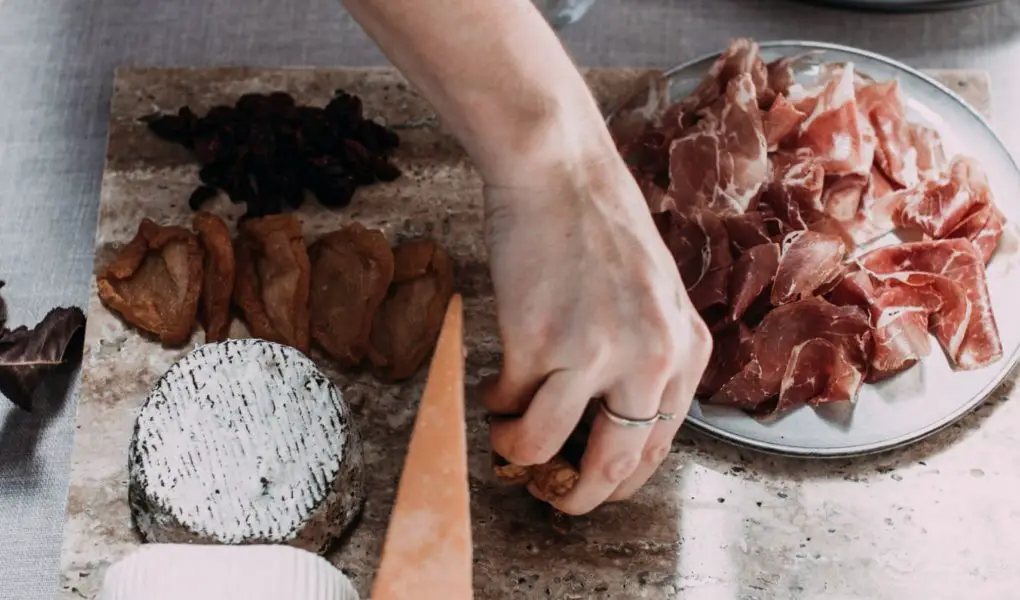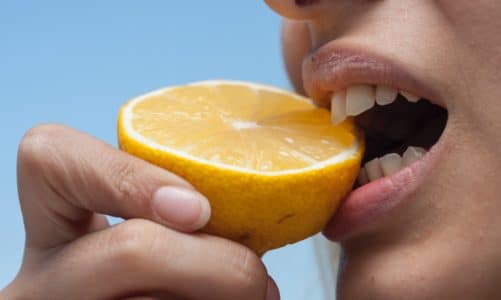Dehydrating food has always been the oldest and most common method for food storage. Today we can speed up the process of dehydration with the use of an electric appliance inside the comfort of our homes. Successful storage means that food should not spoil or go off. To achieve this, microorganisms that may be present in raw meat or other foods should be removed. So you might be wondering if food dehydrators kill bacteria?
Key aspects to consider when using food dehydrators to kill bacteria
The correct food safety protocols should be followed from start to finish when it comes to dehydration and storage of food. If every step is followed carefully, the chances of serious bacterial contamination drop significantly.
Choice of food
Foods can be dried out either using the sun’s rays or an electrical food dehydrator. The most popular foods to dehydrate include fruits such as apples and pears, vegetables such as tomato and kale, and beef jerky. Seeds and nearly every kind of herb can also be dried in this way. There are certain types of food that are not good choices when it comes to dehydration. Extra precautions should be taken with any kind of meat or dairy products since fatty meats, eggs, fish, and poultry are especially prone to bacterial growth. Bacterial species such as salmonella, E.coli, bacillus, and clostridia can cause bad food poisoning. A food dehydrator alone cannot kill all bacteria present in raw meat. Using food dehydrators to kill bacteria on fruits and veggies is a much simpler process compared to drying meat. In the case of poultry or beef jerky, a few extra steps need to be taken pre-dehydrating which involves cooking or heating the meat prior to or after dehydration.
Choice of dehydrator
A high-quality food dehydrator makes all the difference when you are concerned about bacteria, especially when drying beef jerky. Consider investing in a high-quality food dehydrator to kill bacteria, especially if drying meat is what you want to do. A food dehydrator with an adjustable thermostat from 85°F (29°C) to 160°F (71°C) is a must. Dehydrators with factory-set temperatures with no adjustment options are not recommended. Both Excalibur and Nesco’s Gardenmaster are good and popular choices. They both have large heating elements, strong airflow capacity, and adjustable temperature controls.
Other features to look out for in a dehydrator include a double-wall construction, an official seal of approval, a fan blower, and an enclosed heating element.
Food preparation
Cleanliness is key when it comes to killing bacteria and preventing foodborne illness. Take these few simple steps when preparing food for dehydration:
- Wash your hands with soap and water.
- Clean your working surfaces properly.
- Avoid cross-contamination.
- Cook raw meat to proper temperatures pre-drying.
- Rinse fruit/ veggies thoroughly. Give them an ascorbic acid bath to prevent browning and kill bacteria.
- Remove all moisture from fruit/ veggies by patting it dry using a clean paper towel.
To make jerky, follow these steps as set out by the USDA Food and Safety Inspection Service:
- Only use utensils and equipment that are clean.
- Meat and poultry should be refrigerated at 40°F (60°C) or slightly lower.
- Use or freeze ground beef and poultry within 2 days and whole red meats within 3 – 5 days.
- Frozen meat should only be defrosted in a refrigerator and not on the kitchen counter.
- Keep marinades to tenderize and flovor the jerky in the refrigerator. Do not use the same marinade again.
- Cook meat to 160°F (71°C), using a food thermometer before dehydration.
- Dehydrate jerky in a food dehydrator that has an adjustable temperature control setting. It should be able to maintain a temperature of at least 130°F (54°C) to 140°F (60°C) for the duration of the drying process.
Temperature
Temperatures to use in your food dehydrator to help kill bacteria are as follows:
- Fruits at 135°F (57°C)
- Vegetables at 135°F (57°C)
- Fruit leather at 140°F (60°C)
- Seeds and nuts at 105°F (40.5°C)
- Herbs at 95°F (35°C)
- Jerky and meat at 160°F (71°C)
When it comes to jerky and meat-based foods it is important to cook them to a safe temperature first before using a food dehydrator to kill any other bacteria. Bacteria become much more resistant after the drying process. It has been shown venison contaminated with E.coli survives drying times up to 10 hours at temperatures up to 145°F(63°C). Precooking meat at 160°F (71°C) before dehydration, therefore, helps to minimize safety concerns. After cooking jerky first, dehydrate it in a food dehydrator that has an adjustable temperature control setting, maintaining a temperature of at least 130°F (54°C) to 140°F (60°C) for the duration of the drying process.
Airflow
Another aspect of food dehydration that is often neglected is the location and airflow capacity of your dehydrator. Remember that your food dehydrator pulls in air from the outside. If the air is polluted with chemicals or dust, it will pull it all in along with bacteria and onto the food. If you are drying in the garage, make sure that the air inside is clean. Food dehydrators kill bacteria more effectively if its good quality appliances with powerful airflow capability to remove moisture fast enough. Moisture is where bacteria live and grow. A good machine will provide just the right combination of heat and airflow needed to tackle any remaining bacteria.
Last thoughts on whether food dehydrators kill bacteria?
With the correct storage methods in place, dehydrated foods like fruit or jerky can last for months. Home dried jerky is typically stored for 1 to 2 months or frozen up to 6 months. Vacuum packing dehydrated foods will help extend the shelf life. This is also true for dried jerky. After drying food with a dehydrator to kill bacteria, the goal is to keep food dry. Letting moisture back in, allows bacteria to grow again. Let the time between drying and storage be short to mitigate any risk.
Others enjoyed these articles too:
Can you use a food dehydrator outside?
How to dehydrate fruit naturally.
Do food dehydrators make food crispy?
Find out how to dehydrate fruit quickly.
Can you use a dehydrator to dry seeds?
Disclaimer and Cautionary Note: Sunny Life Mag is a digital magazine for entertainment. The contents of this website are for informational and entertainment purposes only and do not constitute expert advice. Not any of the products recommended in the articles have been independently tested for safety. Report all health and safety issues related to the products mentioned in articles to the manufacturer directly.
Affiliate Disclosure: Some of the links that appear on this site are affiliate links. We may receive a small commission when you make a purchase. These commissions help to improve this site and to fund further research. The buyer does not pay any commission whatsoever but is an arrangement between the supplier and this site. Our selection of products is carefully curated and includes only those products we believe in.
Photo by Rachel Claire from Pexels



